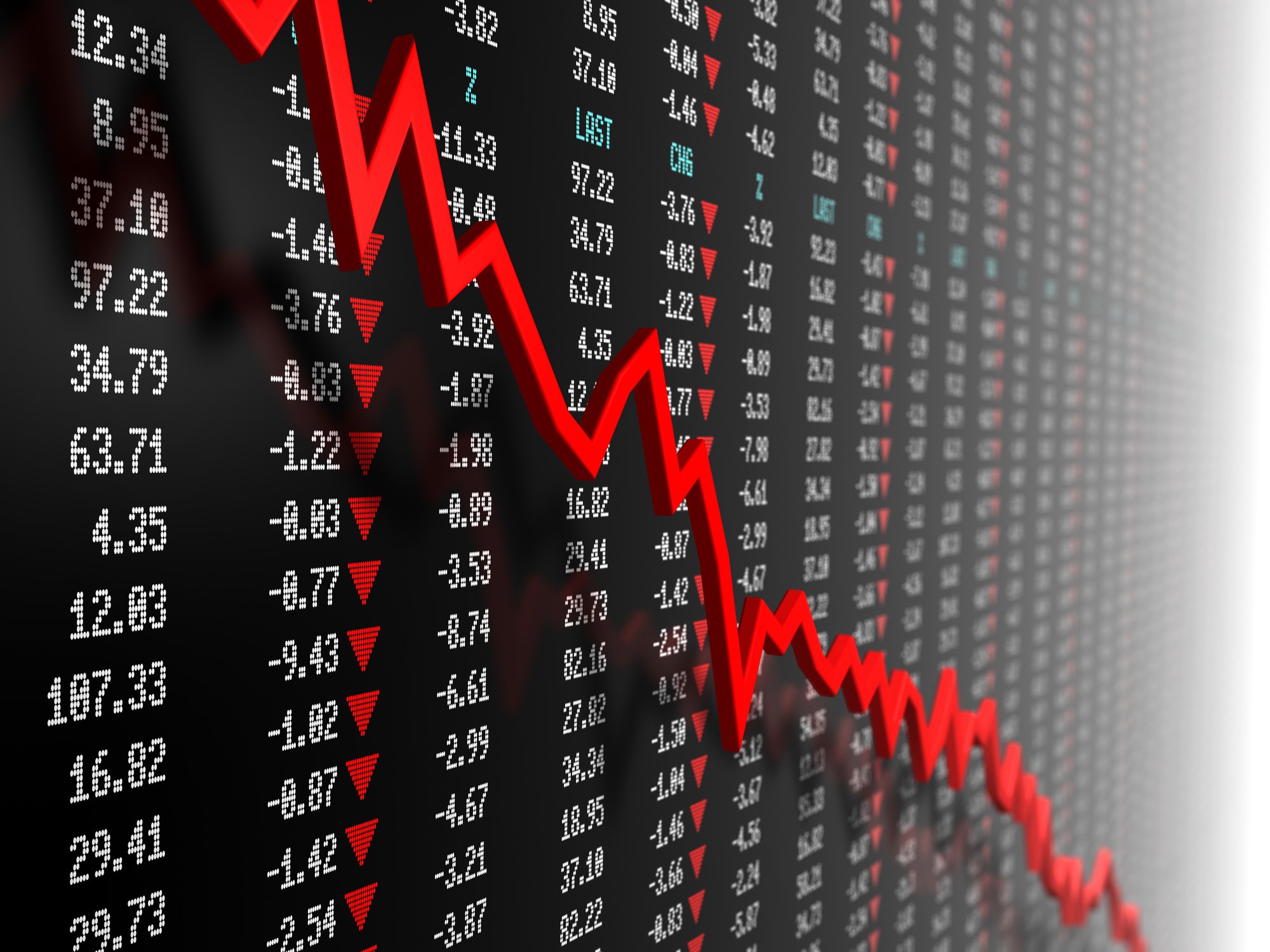Solana (SOL +0.62%) and Ethereum (ETH +0.54%) are two of the biggest and most important cryptocurrencies, and each is held by an enthusiastic community of investors, users, and developers. Each has the wind at its back, and each could plausibly double faster than the other. So which is the better bet?
Let's saddle up and see which of these two coins looks stronger over the next 12 months.

CRYPTO: ETH
Key Data Points
This new trend is benefiting Solana massively, and it's just the start
In the past, trading a share of Apple or Tesla on a blockchain instead of the stock market wasn't possible. Today, it is a live order type on Solana, and the segment of tokenized stocks on its chain is absolutely exploding.
The value of stock tokens minted on the network tripled in just two weeks, topping $96 million in mid-July. More broadly, tokenized real-world assets (RWAs) on Solana have grown to roughly $529 million, outpacing the sector's overall growth.
Why does that matter? Tokenization of assets pulls in capital that was never native to crypto, specifically capital that was in broker-dealer inventories or in the coffers of private credit funds and asset managers. Once assets are on chain, that capital tends to stay put because it can earn yield via staking, trade around the clock, and settle instantly. Those features are hard to replicate elsewhere, except with a few of Solana's competitors, which it now looks to be outperforming.

Image source: Getty Images.
Meanwhile, Solana's network fees have consistently ranked in the top five of all chains' fees this year, averaging more than $1 million per day even after fee-reform tweaks in June; in the 30-day period ending on July 25, its network fees brought in $39.3 million. The cash flow shows that real users value the network enough to pay for block space.
Put together, a fast RWA inflow and large fee generation give Solana a credible path toward a second doubling. It's also looking to upgrade its platform technology over the next year or so to compete even more effectively.
The risk is that its low-fee model relies on relentless throughput; any major outage or regulatory freeze on tokenized securities could slam the brakes without warning.

CRYPTO: ETH
Key Data Points
Ethereum's period of undervaluation is ending fast
Ethereum's critics have long joked that the chain is perpetually six months away from shipping the upgrade that finally fixes everything, like its high gas fees.
This time, though, the shoe is on the other foot, thanks to the latest upgrade, Pectra. With Pectra, validators can now realize higher staking yields, which incentivizes them to keep their capital on the chain. Other changes integrate smart contract functionality into wallets, which will enable more complicated workflows and (hopefully) unlock valuable new types of decentralized finance applications.
Ethereum has already more than doubled during the past three months, surging from about $1,600 in late April to roughly $3,700 today. The rally recaptured ground lost during 2024's doldrums but still leaves the coin at less than half its inflation-adjusted peak in 2021, suggesting further room to run if network activity accelerates.
Crucially, Pectra smooths Ethereum's institutional sales pitch. Big custodians can now stake in size without juggling thousands of validator keys, and higher effective balances earn higher rewards.
Assuming that staking yields hold near 3% after the dust settles, large pools of idle Ethereum coins are likely to chase that passive income, shrinking the tradable float. And the chain's increasing degree of integration with the traditional financial sector, via exchange-traded funds (ETFs), means that it'll be catching a consistent bid from holders of large sums of capital who will also be highly incentivized to stake their tokens instead of transferring or selling them.
So in a nutshell, Ethereum is now soaring on the basis of real progress with its tech that helped it to shake off negative sentiment, which is happening at precisely the same time that a lot of capital was flowing onto the chain in hopes of finding a decent yield.
Which coin clinches it?
Solana and Ethereum have bullish futures, both in the next few quarters and in the next few years.
But right now, Ethereum looks more likely to wow investors. Solana, for all its strengths and technical advantages over Ethereum, wasn't anywhere near as disliked as the other coin was recently. Therefore, investors won't be able to capture as much value from the coin reverting to its mean, as they can with Ethereum.
Similarly, while Solana is currently experiencing a boom in stock tokenization-related inflows, Ethereum's ETF inflows are many times larger for the moment, so it's the more likely of the pair to double.








